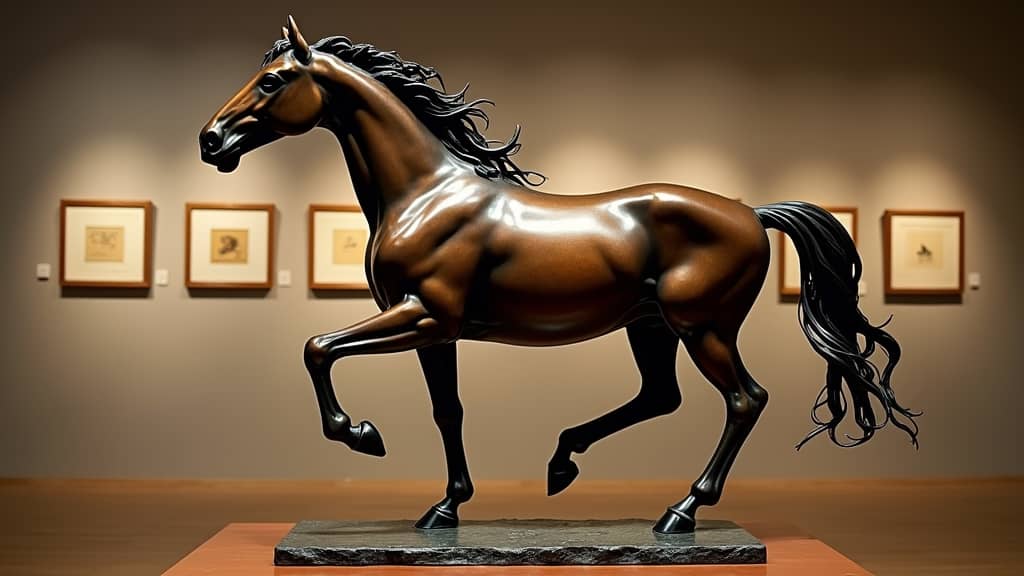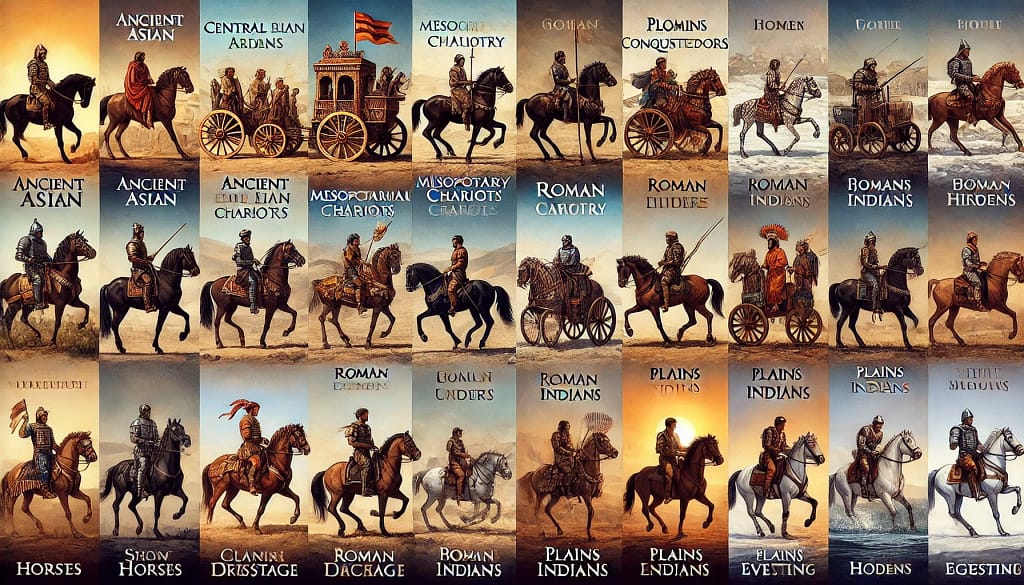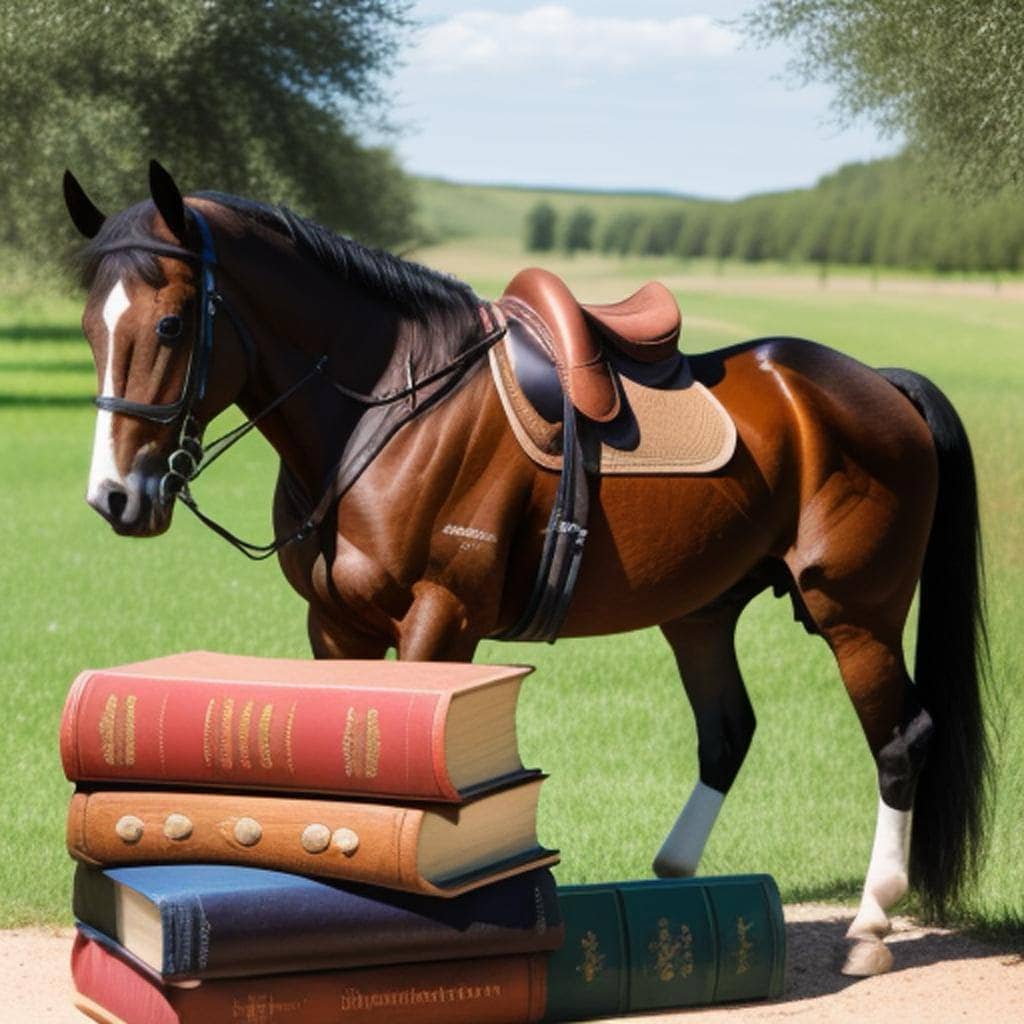Horse art has been turning heads for hundreds of years. These majestic animals have run through the pages of art history as everything from noble steeds in battle to quiet companions in rural scenes. More recently, there has been a fresh wave of interest in horse art, bringing both new and seasoned collectors around to paintings, sculptures, and even digital creations. Here, I’m sharing a closer look at why horse-themed art is still a winner, how it has grown over time, and why it still captures people’s imaginations today.

The Timeless Role Horses Play in Art
Artists have been fascinated by horses since ancient times. You can spot some of the earliest horse sketches on cave walls in places like Lascaux, France, dating back more than 17,000 years. Throughout history, horses have been linked with power, speed, freedom, and partnership, making them a popular subject for artists wanting to capture those feelings on canvas or in stone.
The ability to portray a horse’s motion, muscle, or gentle gaze has always been seen as a bit of a badge of honor among artists. From the ancient Greeks and Romans crafting bronze horses to artists like Leonardo da Vinci and George Stubbs, horse imagery continues to turn up in both classic and modern art collections.
Horse Paintings – From Tradition to Today’s Trends
Paintings focused on horses have a long tradition. Royal portraits, hunting scenes, and battle imagery almost always featured horses as key players. In the 18th and 19th centuries, artists further developed this theme by focusing on accuracy and anatomy. George Stubbs, for example, became pretty well-known for his ability to study and paint horse anatomy with lifelike detail.
Moving into the modern era, horse paintings got even more creative. Artists experimented with color, texture, and perspective. Impressionists like Edgar Degas added horses to energetic racing scenes. More abstract artists such as Franz Marc and Marino Marini brought bold colors and unexpected shapes into the mix. Nowadays, contemporary artists mix realism with wild palettes and surprising backgrounds, showing just how much room there still is for new takes on this old theme.
- Classical Realism: Focuses on the natural beauty and accuracy of horse form.
- Impressionism: Highlights movement and everyday scenes, like bustling racetracks or horses in action.
- Modern Abstraction: Uses surprising materials, colors, and bold brushwork to capture the horse’s energy in new ways.
Painters aren’t the only ones in on the action, though. Horse art has also galloped off the canvas into three dimensions.
The Rise of Horse Sculpture
Sculptures of horses have always been crowdpleasers, from ancient bronze horses to massive marble statues decorating city plazas. Some of the earliest major pieces, such as the horses of St. Mark’s Basilica in Venice, are cherished for their craftsmanship and symbolism.
The twentieth century saw artists working with everything from welded iron to recycled materials, showing off creative spins on the horse form. These days, you might spot lifelike bronze horses in parks, or adventurous modern sculptures in galleries. Some artists even experiment with glass, wood, or metal to push boundaries. Collectors are attracted to these pieces for their tactile qualities, their sense of movement, and the way they can add instant drama to a space.
- Bronze and Stone: Offers lifelike representations and stands up well to outdoor display.
- Mixed Media: Combines traditional and upcycled materials for a fresh, ecofriendly vibe.
- Public Art Installations: Features largescale horses that draw crowds and spark conversation in communities around the world.
Blurring Boundaries – When Painting and Sculpture Mix
Recently, some artists have been blending painting and sculpture to create hybrid pieces. It is not strange now to see a sculpted horse form painted with bold patterns or even graffiti-like strokes. Others add multimedia aspects, such as light, sound, or moving elements, to sculpture, giving traditional horse themes a truly modern twist.
This crossover approach is popular because it creates immersive experiences. Viewers interact with the art, getting more of their senses involved and forming a deeper connection with both the animal subject and the creativity of the artist.
What Makes Horse Art so Appealing?
Horses are deeply connected to stories, emotions, and even nostalgia for many people. Whether it means remembering a childhood spent at the stables, admiring the sheer power and grace of these animals, or simply enjoying their beauty, horse art strikes a chord.
- Emotional Resonance: Horses often symbolize freedom, strength, and a sense of adventure that is easy to connect with.
- Decorative Versatility: Horse art, whether in painting or sculpture, fits seamlessly into lots of design schemes, from classic to modern spaces.
- Cultural Heritage: Many cultures regard the horse as a symbol of pride, victory, or even spiritual growth, which adds another layer for collectors and artists alike.
Thanks to their universal appeal, horse paintings and sculptures continue to be popular choices among people looking to add something special to their homes or collections. Horse art can even be handed down through generations, gaining sentimental value and family history along the way.
Key Considerations for Collecting Horse Art
Jumping into the world of horse art can be really fun, whether you are a firsttime buyer or a seasoned art lover. A few things help make sure you get the most out of your experience:
- Style Matters: Figure out if you lean towards classic, realistic work or if you want something more contemporary or abstract. Picking what truly grabs your attention is always a good bet.
- Material and Medium: Whether you go for oil paintings, watercolors, bronze sculptures, or mixed media pieces, the right material can change how the artwork feels in your space.
- Artist Reputation: Learning about the artist’s background, technique, and story gives context and can give a boost to value over time.
- Authenticity: Ask for certificates or provenance for expensive pieces. Careful research helps buyers make informed decisions.
- Display Plans: Think about where your new art will go. Large sculptures need room to breathe, while smaller paintings can tie together whole rooms when hung thoughtfully.
Authenticity and Pricing
Horse art comes in all price ranges. Original pieces by well-known artists can be pretty pricey. Limited edition prints and smaller contemporary works are usually more affordable but can still pack a punch. If you are buying for investment, focus on quality and artist reputation.
Caring for Your Collection
Both horse paintings and sculptures do best with a little care. Keep paintings away from direct sunlight and consider professional framing. Sculptures should be dusted gently. For outdoor pieces, choosing weatherresistant materials and regular maintenance will make a big difference in longevity. Make a habit of checking on your collection a couple of times a year to make sure everything is looking its best.
Modern Movements > Digital Horse Art and NFTs
Technology has opened up even more ways for artists and fans to explore horse imagery. Digital art platforms showcase everything from photorealistic horses made in Photoshop to wild, neoncolored pop art. Some artists even create 3D printed sculptures or work in virtual reality. This means that collectors have more options than ever, with digital files easily shared online or displayed on smart screens.
Horse NFTs (nonfungible tokens) are also gaining traction, offering unique digital assets that collectors can buy, sell, or display in virtual galleries. People interested in the future of art should check in on this trend if they want something on the leading edge or want to support rising artists from around the globe. In some cases, digital artists host virtual events or online community spaces, adding a new social layer to the collecting experience.
Frequently Asked Questions
People often have a few questions when getting started with horse art. Here are some quick answers:
Question: Is horse art mostly traditional, or are there new styles?
Answer: While there is a strong tradition, plenty of artists are taking bold, creative risks, blending styles, and using new media to keep horse art feeling really fresh.
Question: What should I look for if I want to start collecting?
Answer: Try to focus on pieces that genuinely speak to you, whether they are classic or modern, and check the artist’s credentials when possible. Researching style, medium, and condition makes picking out your first piece a lot more fun and rewarding.
Question: Can I display horse art outdoors?
Answer: Sculptures in weatherresistant materials like bronze or treated stone handle outdoor display pretty well, but paintings are best kept inside away from harsh sunlight.
Wrapping Up
Horse art is having a real moment, mixing deep history with new styles, techniques, and even technology. Whether you love the graceful lines of a painting, the impact of a sculpture, or want to explore the world of digital horse art, there is truly something for everyone. Adding a piece of horsethemed art to your collection brings energy, style, and a touch of timeless tradition into your space. It is one area of the art world that never seems to lose its ability to inspire. For those searching for artwork that brings a sense of action, elegance, and history, horse art remains a popular and enduring choice. Whether your taste leans classic or contemporary, the bond between artistry and equine beauty promises to keep evolving for generations to come.



